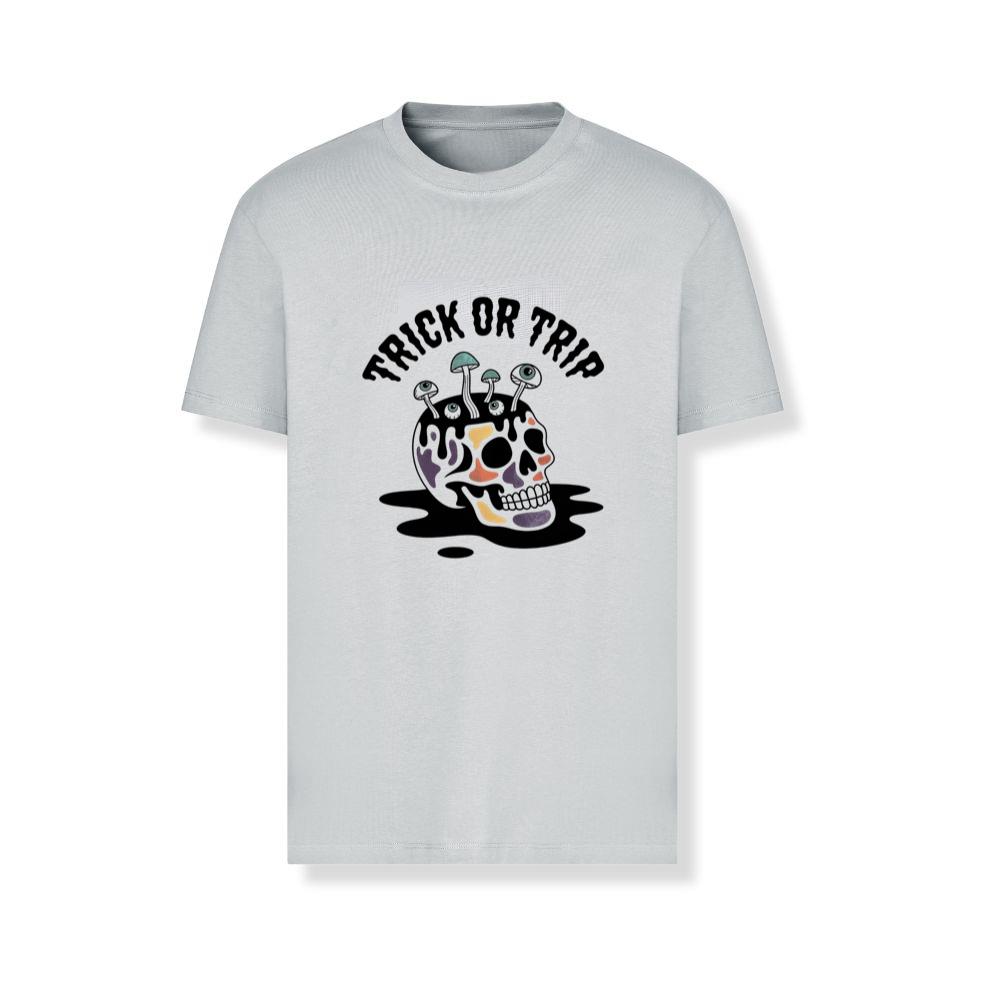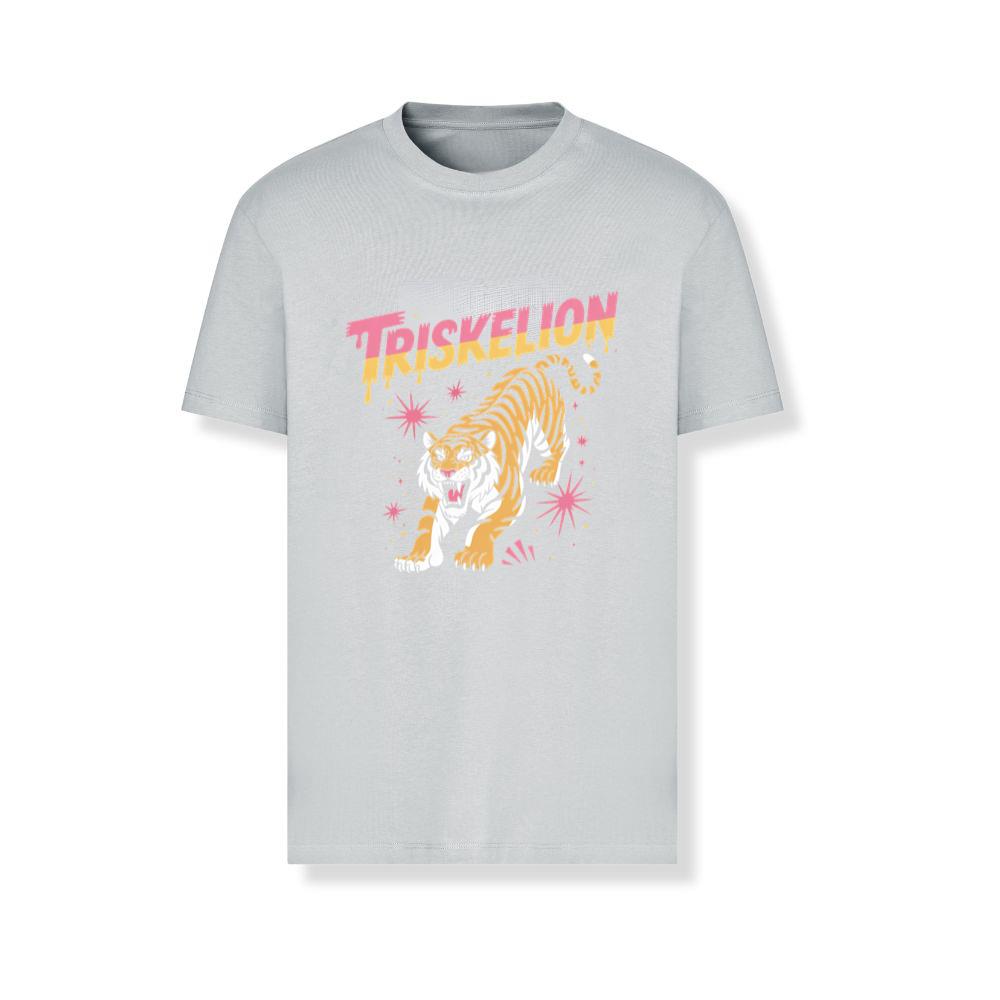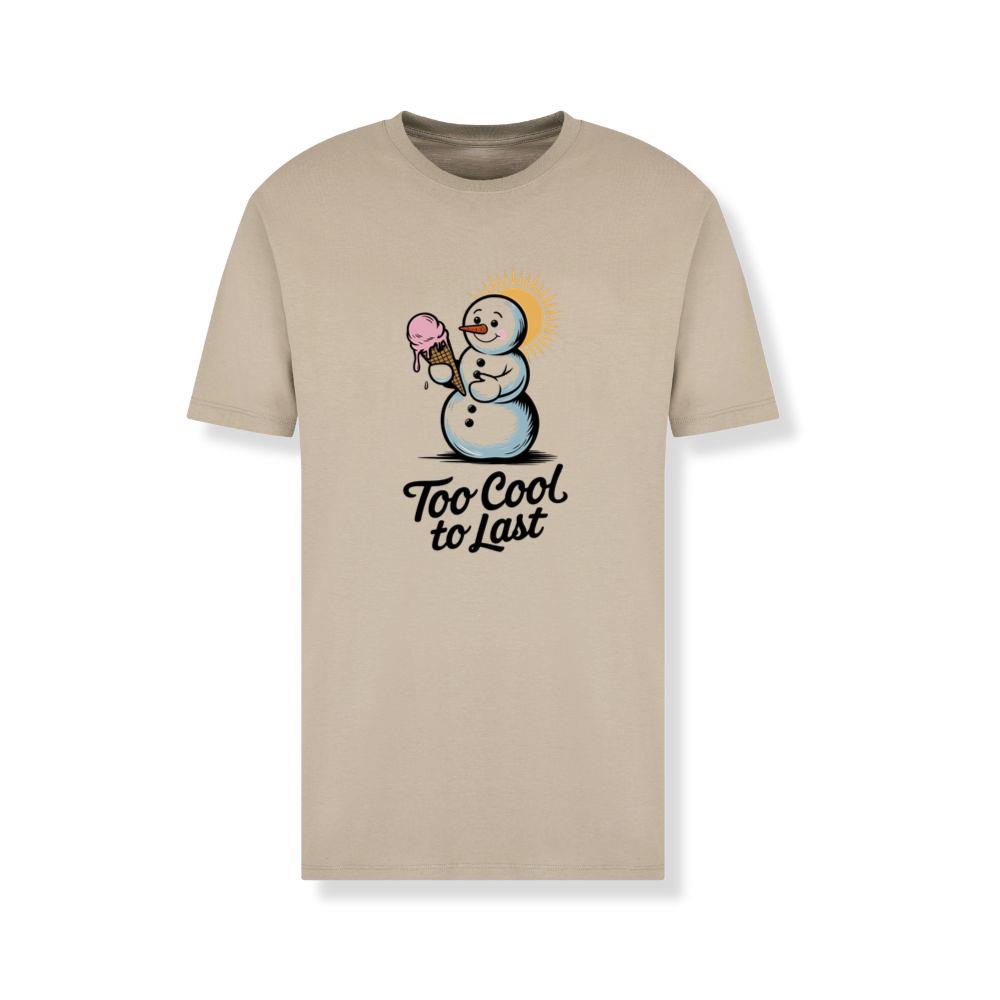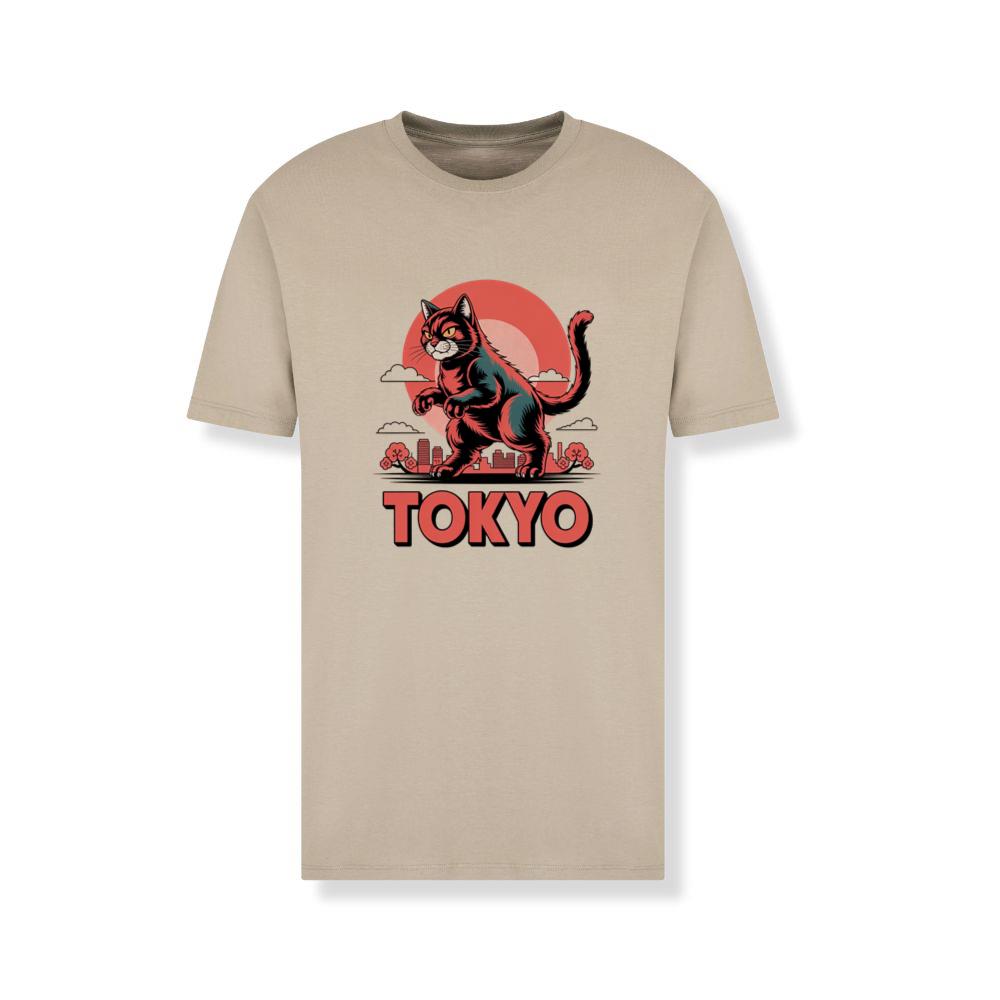Introduction
Fashion is a living, breathing entity, constantly evolving, reshaping itself through culture, technology, and imagination. As we stand on the cusp of a new era, the idea of “fashion frequency” resonates—an intricate rhythm connecting innovation, personal expression, and societal trends. This concept emphasizes not merely what is worn, but how fashion resonates with the zeitgeist of tomorrow, reflecting both individual identity and collective culture. It embodies a forward-looking perspective, merging creativity with technological advancement, and sustainability with style. Fashion is no longer passive; it vibrates, communicates, and influences the way society perceives self and environment. By understanding the pulse of trends, one can tune into the emerging frequency of tomorrow’s fashion landscape, allowing for informed choices and creative exploration.
Understanding the Pulse of Modern Fashion
Fashion today transcends traditional boundaries. It is a language that conveys personality, ideology, and social awareness. Designers experiment with textures, colors, and silhouettes, while technology facilitates customization and accessibility. The modern audience is empowered, informed, and increasingly conscious of sustainability, ethical sourcing, and cultural appropriation. Fashion frequency in this context is not only about aesthetics but also the dynamic interaction between creativity, commerce, and consciousness. It is a multidimensional phenomenon encompassing visual appeal, emotional resonance, and intellectual stimulation.
Consumers are not passive recipients; they actively influence trends through social media, street style, and digital platforms. The democratization of fashion through accessible online channels has created a more participatory environment, where trends can emerge organically from communities rather than being dictated solely by traditional fashion houses. As such, tuning into the frequency of fashion involves recognizing patterns, understanding cultural influences, and anticipating shifts that may redefine style norms.
Sustainability and Innovation: Merging Ethics with Style
The future of fashion frequency is inextricably linked with sustainability. Ethical considerations are no longer optional; they define the credibility and relevance of brands. Designers increasingly experiment with recycled materials, biodegradable fabrics, and low-impact dyes to minimize ecological footprints. Fashion is transforming from disposable consumption toward longevity, quality, and purposeful design. This evolution reflects a growing awareness that aesthetics and ethics are complementary, not contradictory.
Innovation extends beyond material choices. Technology now allows for 3D-printed garments, virtual fashion shows, and AI-assisted design processes. This integration of digital tools with creative vision not only enhances efficiency but also expands the realm of possibilities. Designers can simulate textures, colors, and fit before production, reducing waste and enabling personalized experiences. As a result, the future fashion frequency is as much about technology as it is about creativity, crafting a dialogue between human imagination and machine intelligence.
Digital Fashion: Navigating Virtual Wardrobes
Virtual environments are increasingly influencing real-world fashion decisions. Digital clothing, avatars, and augmented reality try-ons redefine how consumers interact with style. Brands are leveraging immersive platforms to create experiential marketing, offering garments that exist primarily in the digital realm but influence real-world perceptions. Virtual wardrobes allow experimentation without material waste, reflecting a shift toward conscious consumption that aligns with environmental priorities.
The rise of NFTs (non-fungible tokens) in fashion exemplifies the convergence of digital innovation and luxury aesthetics. Ownership of unique digital garments fosters exclusivity and creativity while challenging traditional notions of physicality and scarcity. This trend also reflects a broader cultural shift: identity is increasingly curated through digital representation, social media, and virtual engagement. Understanding and adapting to this evolving frequency is essential for brands and consumers seeking relevance in tomorrow’s market.
Cultural Influences Shaping Emerging Trends
Fashion is deeply entwined with cultural narratives. Music, art, politics, and social movements all leave indelible marks on style trajectories. Designers draw inspiration from historical references, street subcultures, and global traditions, blending them into contemporary interpretations that resonate with diverse audiences. Fashion frequency thus becomes a reflection of collective consciousness, capturing societal moods and aspirations in wearable form.
Globalization accelerates cross-cultural exchange, enabling designers to incorporate motifs, textiles, and craftsmanship from multiple regions. This fusion creates hybrid styles that honor heritage while embracing modernity. Moreover, consumer engagement with culture through digital platforms amplifies niche movements, allowing trends to spread globally with unprecedented speed. The capacity to anticipate and respond to these cultural shifts is a critical component of tuning into tomorrow’s fashion frequency.
Personalized Style: The Intersection of Identity and Expression
Individual expression is central to the frequency of fashion. Consumers increasingly seek garments that reflect personal narratives, values, and moods. Personalized style encompasses customization, limited editions, and bespoke creations, empowering individuals to curate wardrobes that align with their unique identities. Fashion becomes a medium of storytelling, a visual diary that communicates personality without uttering a word.
The interplay between consumer agency and brand offerings defines future stylistic trajectories. By embracing customization technologies—such as AI-assisted sizing, color matching, and fabric selection—brands allow consumers to influence product design directly. This participatory approach transforms fashion into a collaborative process, fostering emotional connections and loyalty that extend beyond transactional relationships.
Technology-Driven Materials: Innovations on the Horizon
Material innovation is a crucial driver of fashion’s evolving frequency. Advanced textiles with adaptive properties, such as temperature regulation, moisture management, and shape retention, enhance comfort and functionality. Smart fabrics embedded with sensors and responsive technologies offer new possibilities for interactive garments, merging utility with style.
Sustainable material innovations, including bioengineered leather, algae-based textiles, and recycled fibers, redefine luxury and accessibility. These developments not only reduce environmental impact but also create unique textures and finishes previously unattainable. As designers explore these novel materials, fashion frequency becomes an intricate tapestry of science, artistry, and responsibility.
The Role of Community in Trend Formation
Fashion frequency is amplified by communal participation. Online forums, social media groups, and influencer networks facilitate the rapid dissemination of trends. Grassroots movements, viral aesthetics, and collaborative projects shape mainstream adoption, demonstrating the power of collective influence. Brands that engage authentically with communities cultivate trust and gain insights into emerging preferences.
Crowdsourcing design ideas, co-creating collections with consumers, and leveraging feedback loops generate a symbiotic relationship between creators and audiences. This participatory model not only accelerates trend cycles but also aligns brand identity with the aspirations and values of engaged communities. Tuning into this communal frequency is crucial for predicting and shaping the future of fashion.
Conclusion: Tuning into Tomorrow’s Fashion
Fashion frequency embodies the convergence of innovation, culture, personal expression, and ethics. By understanding the pulse of modern trends, embracing sustainable practices, and leveraging technological advancements, consumers and designers alike can navigate the dynamic landscape of style. The future of fashion is participatory, immersive, and conscious, reflecting both individual identity and collective consciousness.













